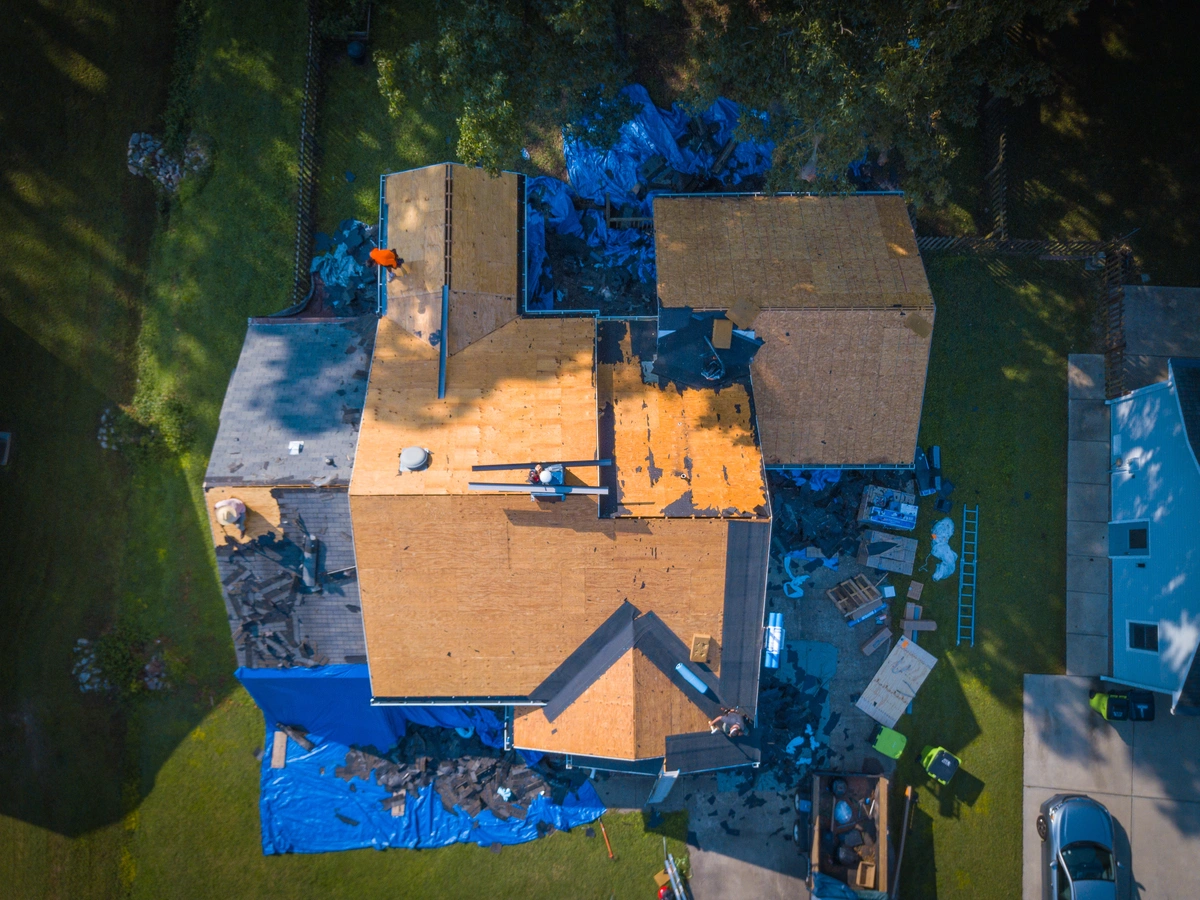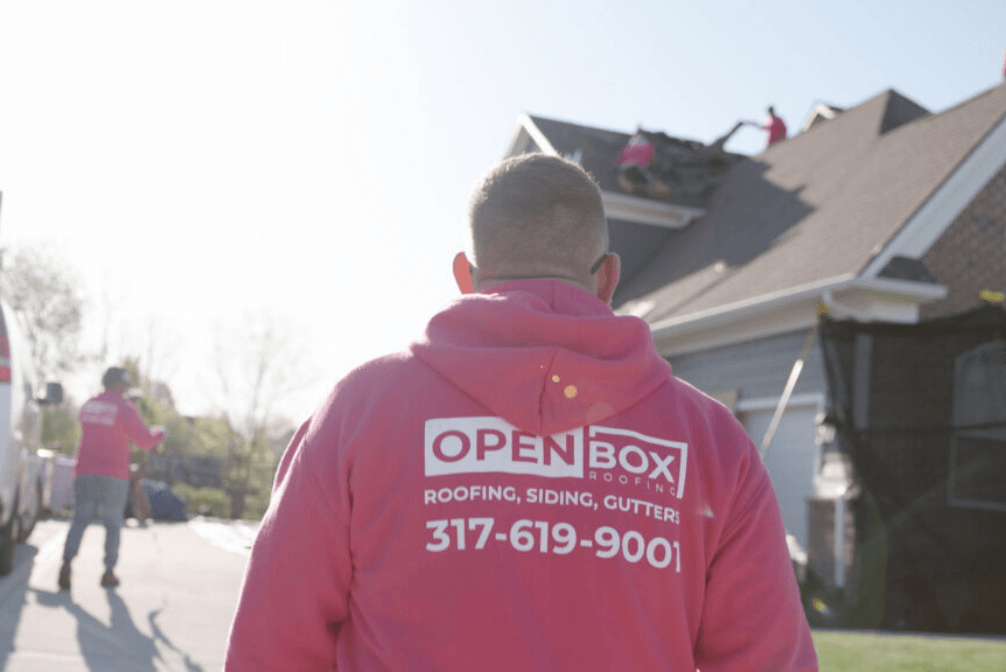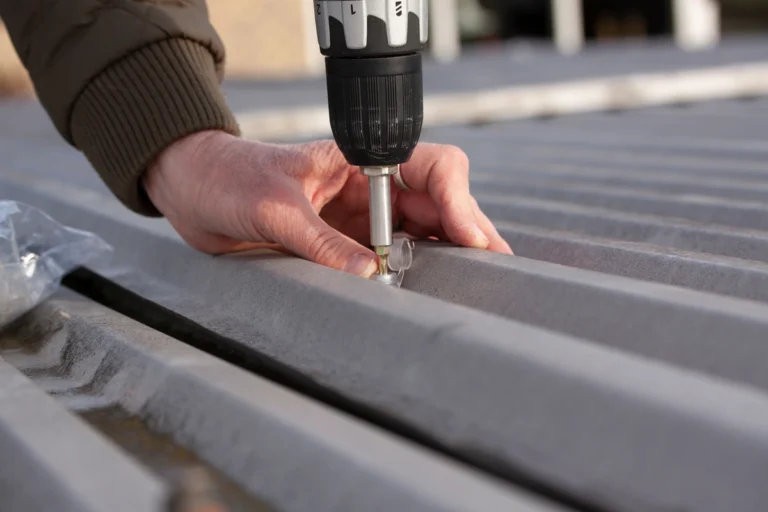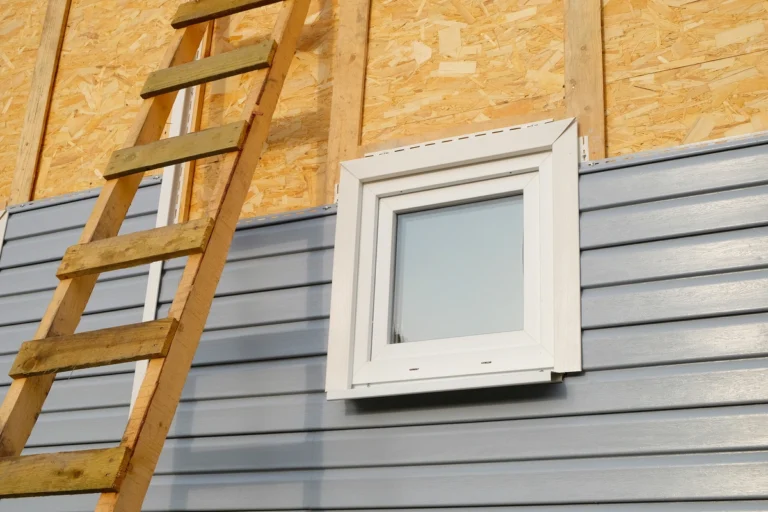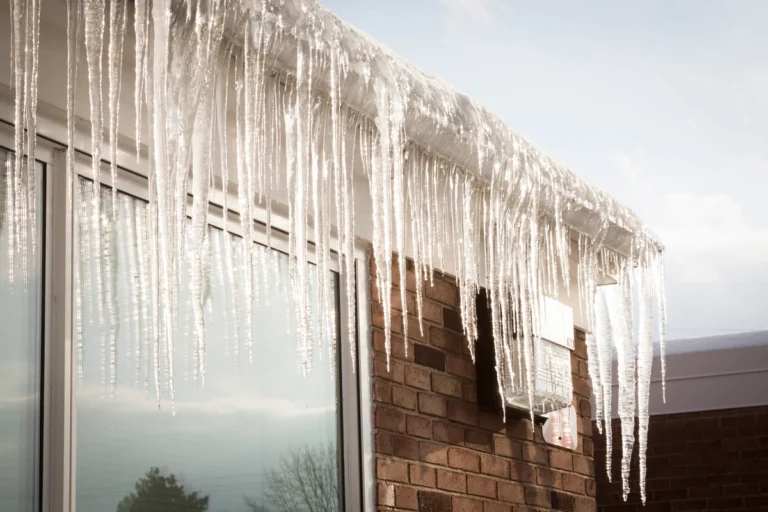Roof sheathing, often overlooked but crucial to the structural integrity of any building, serves as the foundation for the roof covering. It provides support, stability, and a base for weatherproofing materials.
One of the critical factors in ensuring a sturdy roof is choosing the appropriate thickness for the sheathing. In this guide, we’ll help you understand:
- What roof sheathing is
- The various thickness options available
- How to select the right roof sheathing thickness for your home
- Signs indicatingthe need for replacement
- The associated costs
What is Roof Sheathing?

Roof sheathing, also known as roof decking, is the layer of material installed over the roof rafters or trusses. It forms the base to which roofing materials such as shingles, tiles, or metal panels are attached. Typically, roof sheathing is made from plywood or oriented strand board (OSB), although other materials like metal decking or composite panels may be used in specific applications.
Different Thicknesses
Roof sheathing comes in various thicknesses, typically ranging from 3/8 inch to 1 inch or more. The most common thicknesses for residential construction are 1/2 inch and 5/8 inch.
The choice of thickness depends on factors such as:
- The local building codes
- The type of roofing material to be installed
- The spacing of roof rafters or trusses
- The anticipated loads, including snow, wind, and the weight of workers during installation
How to Choose the Right Thickness for Your Home
When selecting the appropriate thickness for your roof sheathing, it’s essential to consider several factors:
Building Codes:
Local building codes often specify the minimum required thickness for roof sheathing based on factors like climate and expected loads. Adhering to these codes is crucial for ensuring structural integrity and safety.
Roofing Material:
Different roofing materials have varying weight requirements. Heavier materials such as clay tiles or slate may necessitate thicker sheathing to provide adequate support and prevent sagging or damage.
Rafter Spacing:
The spacing between roof rafters or trusses influences the strength of the roof structure. Wider spacing may require thicker sheathing to compensate for reduced support.
Climate:
Areas prone to high winds, heavy snow loads, or frequent storms may require thicker sheathing to withstand the additional stress and protect against potential damage.
Budget:
While thicker sheathing typically offers greater durability and strength, it may also come at a higher cost. Balancing performance requirements with budget constraints is essential when selecting the right thickness.
When to Replace Your Roof Sheathing
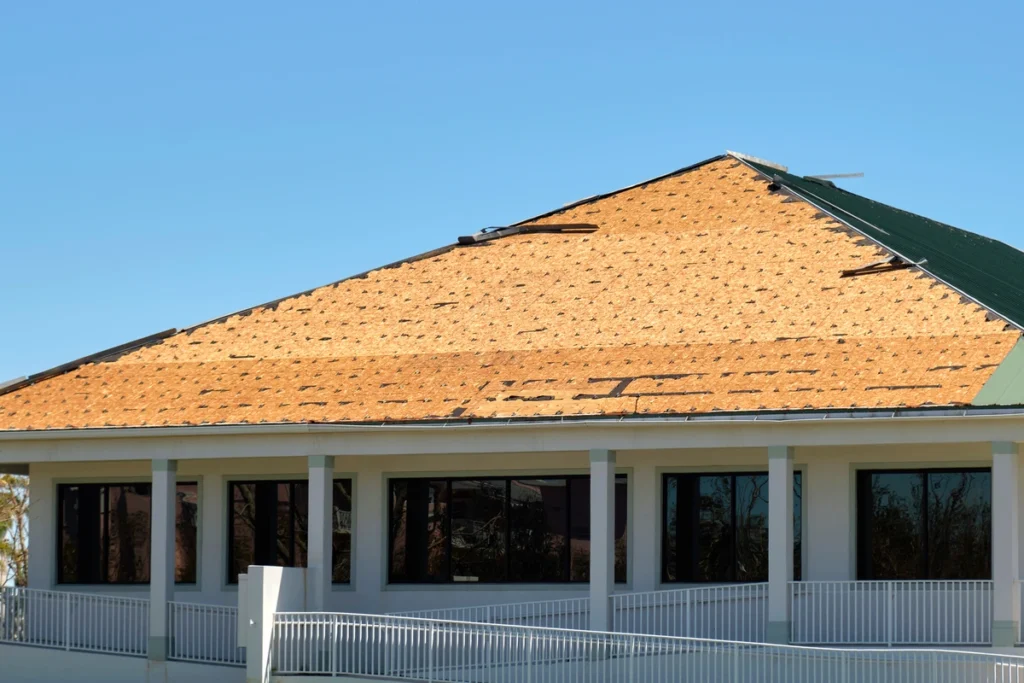
Over time, roof sheathing may deteriorate due to factors such as moisture intrusion, pests, or prolonged exposure to the elements. Signs indicating the need for replacement include:
- Water Damage: Stains, mold, or rot on the underside of the roof decking are signs of water infiltration, indicating compromised sheathing that needs replacement.
- Sagging or Uneven Roof Surface: A visibly sagging or uneven roof surface may indicate weakened or damaged sheathing unable to support the weight of the roofing materials.
- Pest Infestation: Termite or carpenter ant damage to the sheathing can compromise its structural integrity, necessitating replacement to prevent further damage.
- Delamination or Warping: Delamination, where the layers of plywood or OSB separate, or warping of the sheathing boards can diminish their strength and require replacement.
- Age: As roof sheathing ages, it may become brittle or lose structural integrity, increasing the risk of failure. If your roof is nearing the end of its expected lifespan, it may be time to consider replacement.
Cost of Installing Roof Sheathing
The cost of installing roof sheathing varies depending on factors such as the size of the roof, the chosen thickness and material, accessibility, and labor rates in your area. On average, homeowners can expect to pay between $1.50 to $3.00 per square foot for materials and labor.
For example, for a 1,500 square foot roof, the total cost of sheathing installation may range from $2,250 to $4,500. However, thicker sheathing or specialty materials may increase the cost further.
Get Advice From a Professional Roofing Contractor
Roof sheathing plays a vital role in supporting the roof structure and protecting your home from the elements. Choosing the right thickness is crucial for ensuring durability, stability, and compliance with building codes.Regular inspection and maintenance can help identify signs of damage or deterioration, allowing for timely repairs or replacement. Contact Open Box Roofing today to schedule your roof inspection, and learn whether your sheathing thickness is appropriate!
